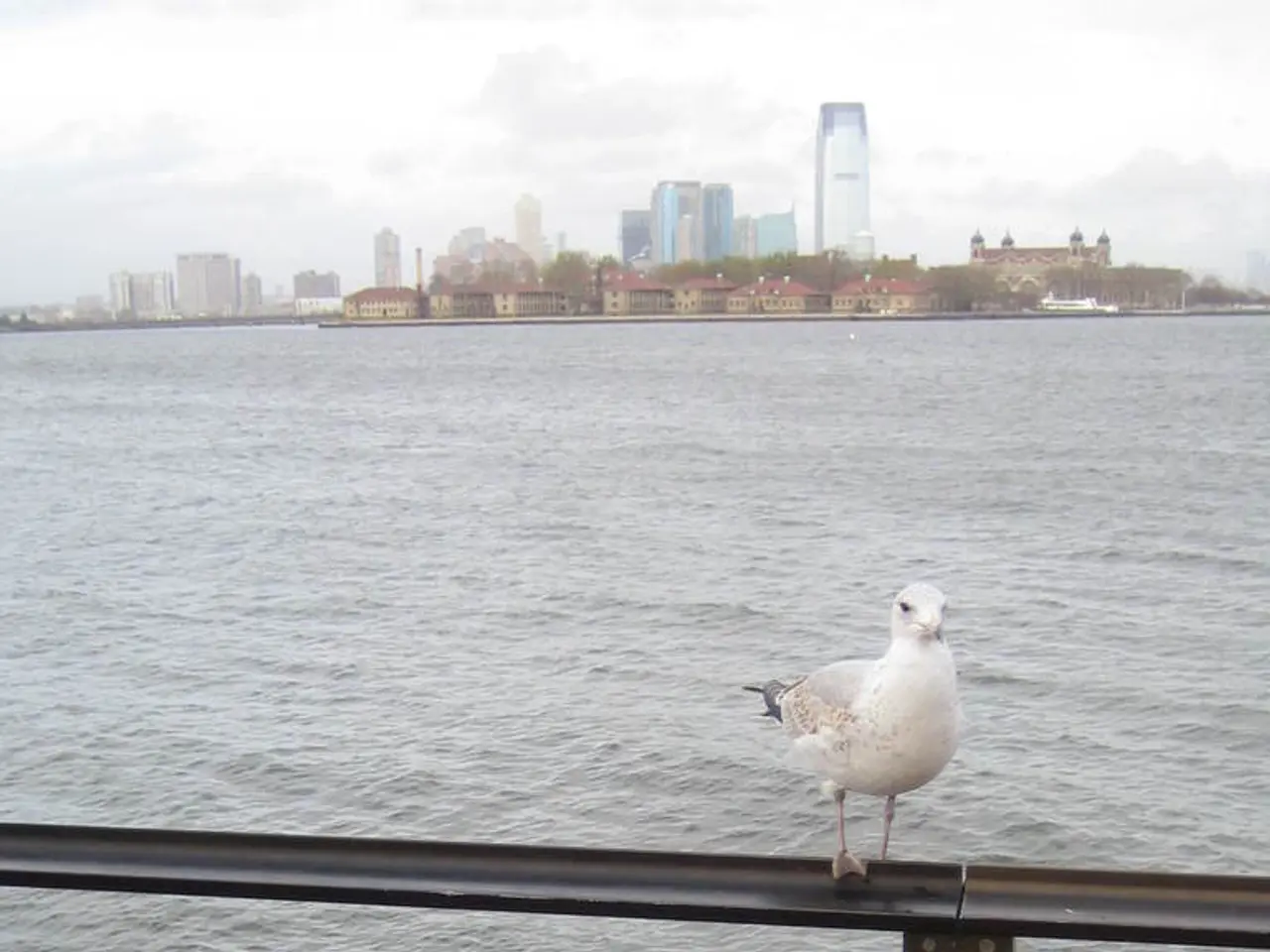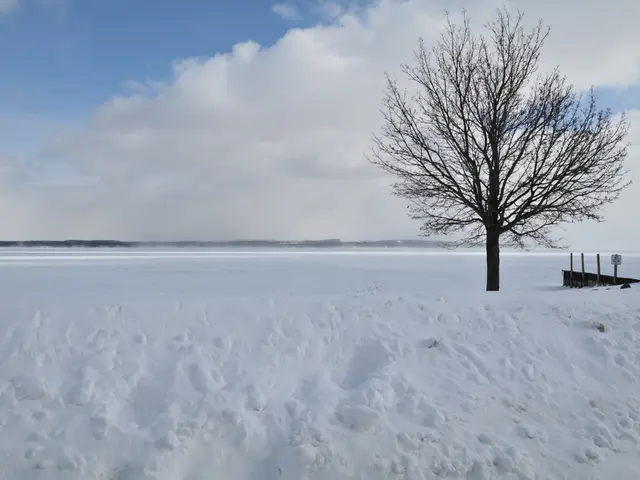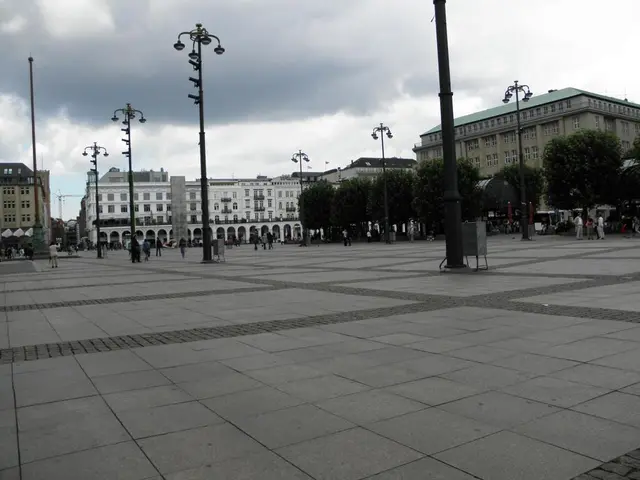Fighting to Preserve the Amazon Rainforest: International Battles and Obstacles
The Amazon Rainforest, often dubbed the "lungs of the Earth," spans over 5.5 million square kilometers across nine South American countries. This vast tropical rainforest is home to an estimated 390 billion individual trees divided among 16,000 species. Its immense biodiversity supports countless species of wildlife and provides essential ecosystem services such as carbon storage, climate regulation, and water cycle stability.
However, the Amazon faces numerous threats, primarily driven by deforestation, cattle ranching, agriculture, and illegal logging. These activities not only destroy vast areas of forest but also release massive amounts of carbon dioxide into the atmosphere, contributing to climate change.
A multifaceted approach is required to protect the Amazon. This includes global collaboration, local engagement, and sustainable economic alternatives. Many countries have enacted stricter laws and penalties for illegal deforestation and increased protected areas within the Amazon basin. International initiatives like the United Nations' REDD+ program aim to provide financial incentives for developing countries to preserve their forests.
Indigenous communities play a crucial role in the protection of the Amazon. They possess traditional knowledge and understanding vital for sustainable management. However, they face challenges such as conflicts over land rights, limited access to resources, and external pressures from mining and logging interests. Legal recognition of land rights for indigenous peoples and their involvement in conservation initiatives have shown effectiveness in reducing deforestation rates.
Non-governmental organizations (NGOs) like Greenpeace, World Wildlife Fund (WWF), and Amazon Watch work on the ground to raise awareness, lobby for policy changes, and support indigenous communities who are often the forest's fiercest defenders. Their efforts focus on halting forest destruction before reaching a critical loss threshold (20%), promoting sustainable land use, and influencing international agreements like the EU's forest protection law and opposing trade deals that drive deforestation.
Encouraging responsible consumption, promoting reforestation initiatives, and investing in sustainable agricultural practices are essential steps towards Amazon conservation. Infrastructure projects like roads and dams further fragment the forest, making it harder for wildlife to thrive.
Despite global efforts, challenges persist in protecting the Amazon. Weak enforcement of environmental regulations due to corruption, lack of resources, or political resistance remains a significant issue. Economic pressures continue to drive illegal land grabs and deforestation.
The future of the Amazon, its inhabitants, and the global climate depend on the actions taken today to ensure this vital ecosystem continues to thrive for generations. The path forward for Amazon conservation involves concerted efforts, integrating global collaboration, local engagement, and sustainable economic alternatives. Lasting impact can be achieved through these concerted efforts, ensuring the Amazon Rainforest continues to provide essential ecosystem services for decades to come.
Read also:
- Amidst India's escalating climate crisis, transgender individuals continue to persevere
- Germany's three-month tenure under Merz's administration feels significantly extended
- Norway set to allocate proceeds from sales of tickets for a soccer match against Israel to Médecins Sans Frontières (MSF)
- International city of Windsor preparing for international media attention during Trump's official visit








